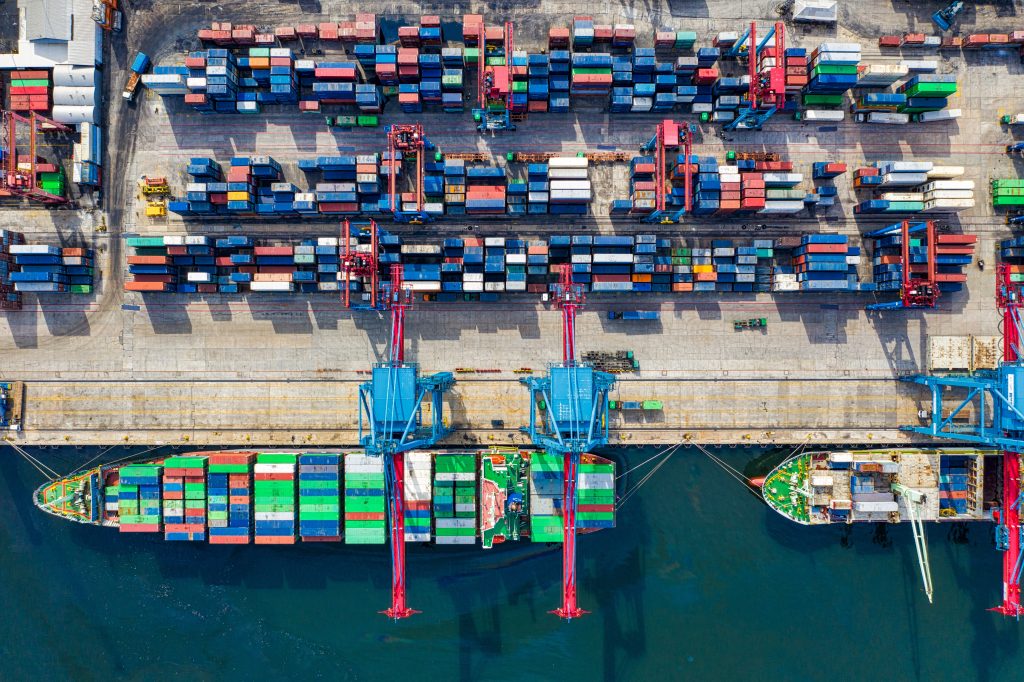Blockchain is an emerging technology that can help manufacturers manage supply chains more efficiently. While manufacturers may be hesitant to adopt blockchain because of its association with cryptocurrencies such as Bitcoin, there are ways to implement it without the digital currency. Let’s explore how you can adopt a new technology and reduce costs while still protecting your company’s financial information and intellectual property (IP). In this blog post, we will cover the following topics in detail:
What is Blockchain?
Blockchain is a new technology that creates a decentralized and secure digital ledger. This ledger is shared between multiple participants and is verified by each participant. This distributed ledger is what makes it a “blockchain.” Each blockchain has its own decentralized network that allows for the transfer of data in a secure way. There are several different types of blockchain technology, and each has different applications for different industries. When a business uses a blockchain platform, it’s called “blockchain-enabled.” There are many different blockchain technologies, and not all of them are suitable for a specific industry. You can’t just choose a blockchain technology based on what you want to do. You need to choose a blockchain that has the right features for your industry.
How Blockchain Works?
A blockchain is decentralized because it’s stored on thousands of computers around the world. This network of computers makes it nearly impossible to hack. The computers that store the blockchain are known as “nodes.” Anyone with an Internet connection can become a node. All data stored on the blockchain is decentralized, which makes it nearly impossible to hack. However, this also means it’s nearly impossible to search for specific data stored on the blockchain. There are several different types of blockchain technologies, and each has its own way of storing data on the blockchain. This means that you can’t just use one blockchain technology to manage all of your supply chain data.

